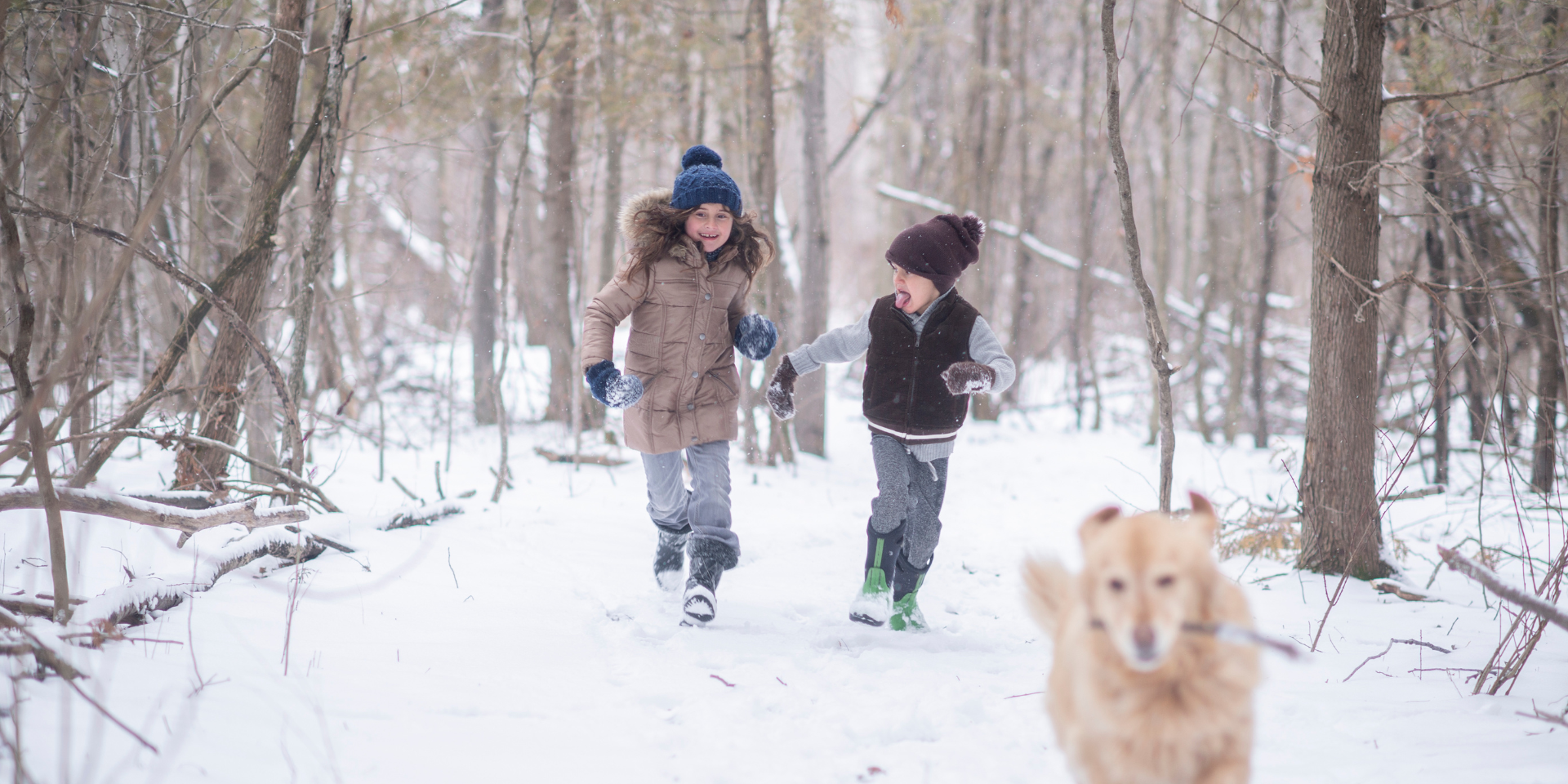Pet Safety Tips for Your Furry Friends
June 12, 2024
With all this “fun in the sun,” we want our whole family to be able to join in. That includes our furry friends, too! So, what ways can we help our pets stay safe in the heat?

For starters, when taking your dog for a walk in the summer, remember to check the temperature of the pavement and road before heading out. Dogs have sensitive paw pads that often get burned when walking on hot pavement. A quick trick to ensure that your pup is safe to walk is by placing the palm of your hand flat against the road or pavement that you both will be walking on. If the pavement is too hot to hold your own hand on it for five seconds, then it is probably too hot for your dog to walk on. Taking your pets on walks can be a great summer exercise, a way to bond with one another, and enjoy the nice weather. If it is too hot to walk, try going in the evenings when it is cooler or walking in areas that are not paved (such as hiking trails).
Our furry friends with flat faces, such as pugs, bulldogs, and Persian cats, can have an especially hard time in the heat. Due to the flat structure of their faces, they have a harder-than-usual time with panting—a method animals use to cool themselves. We can help by providing cool spaces to combat overheating. For pets with heart or lung issues and those that are elderly or are otherwise overweight, we should also try to avoid extended time in the heat.
Another way to protect your pet from overheating is to ensure a proper groom. In the summer, we tend to think shaving down our pets will help cool them, but really, an animal’s coat is crucial to how their body regulates temperature. By completely shaving your pet, it can send them into shock, making it harder for them to stay cool. Regularly brushing your pet will help maintain their coat and prevent matting, which is another reason many pets need to be shaved. A summer groom can definitely include a trim, but one should try to avoid a complete shave down.
So how can you know if your pet may be overheating? Animals show signs similar to humans when they begin to overheat! Look out for sudden weakness or slow movement, collapse, and heavy or excessive breathing. Animals will also begin to drool excessively or even begin to have diarrhea or vomiting. Knowing the warning signs can better prepare you to prevent an emergency situation.
We tend to see our pets as an extension of our families, so let’s remember their safety this summer as well!
For more information on how to keep your pets safe this summer, visit aspca.org/pet-care
for more information.
Reference: Hot Weather Safety Tips | ASPCA











